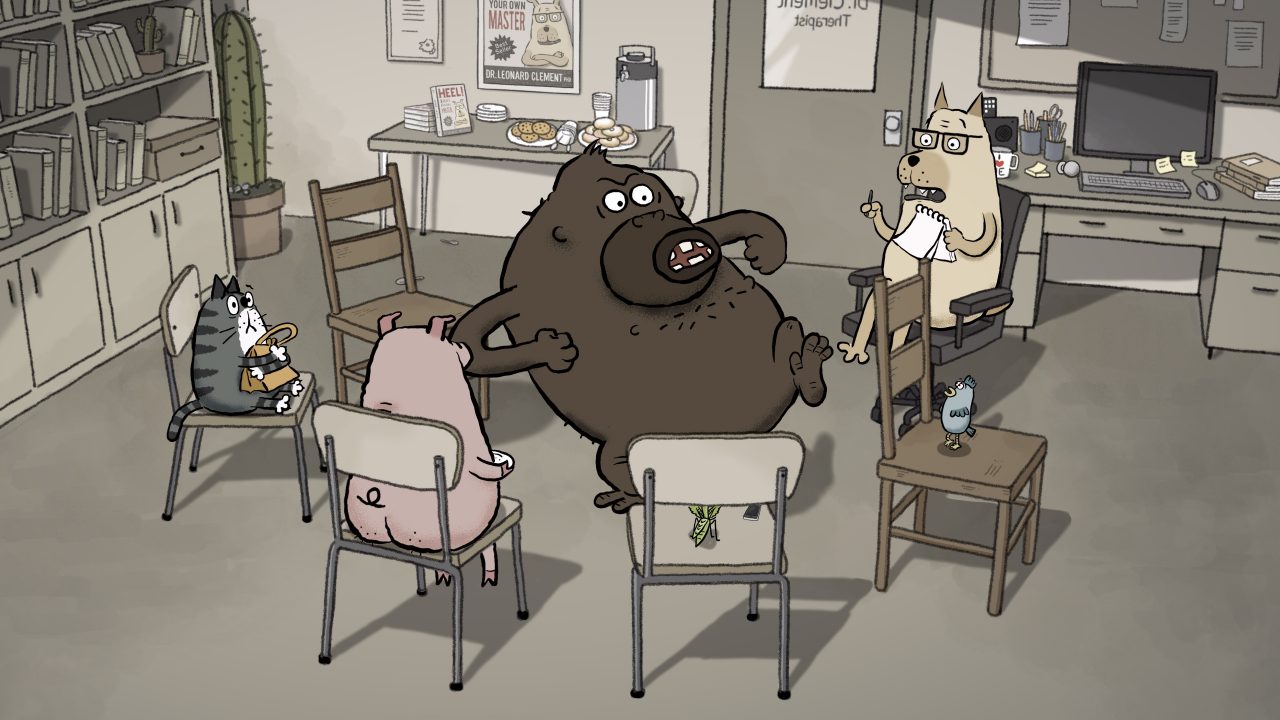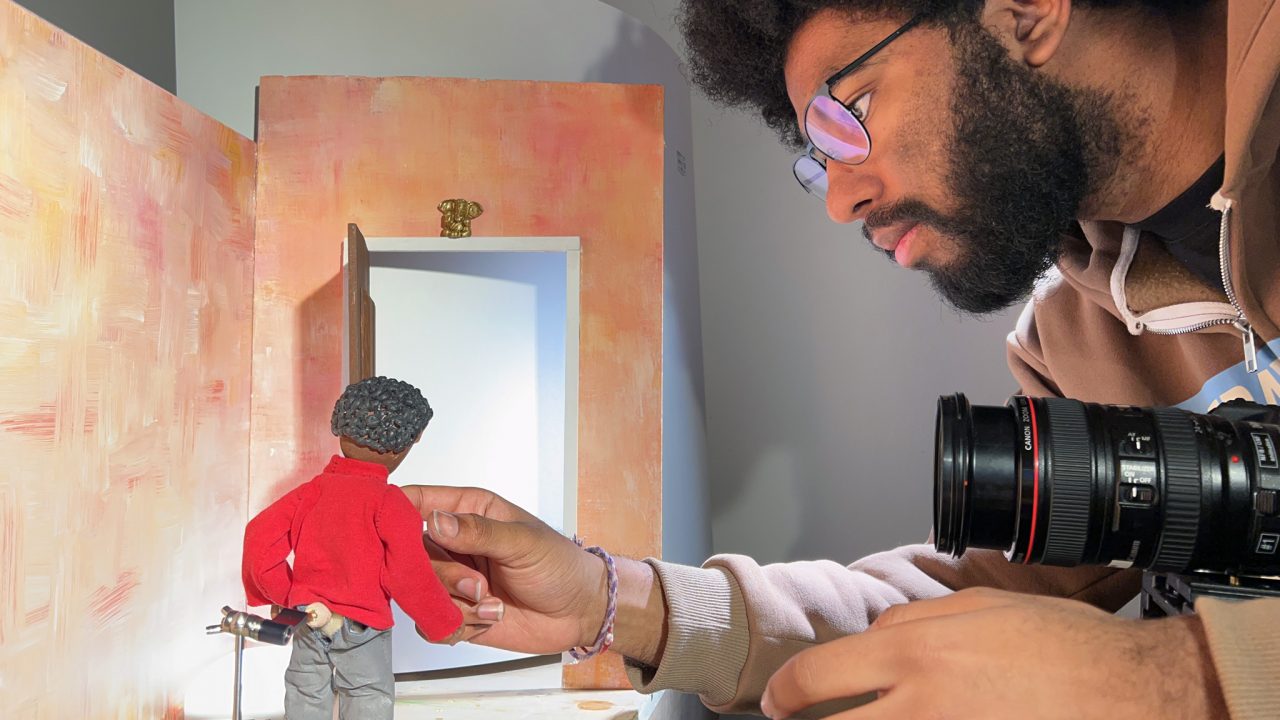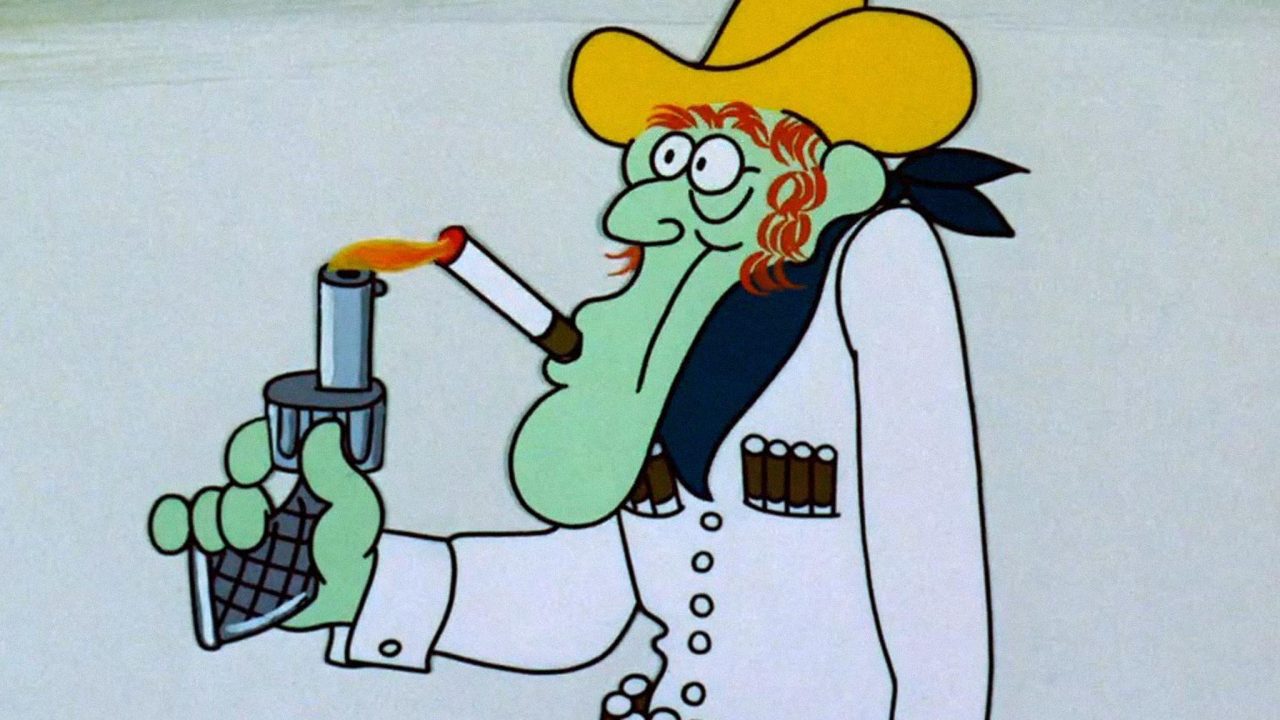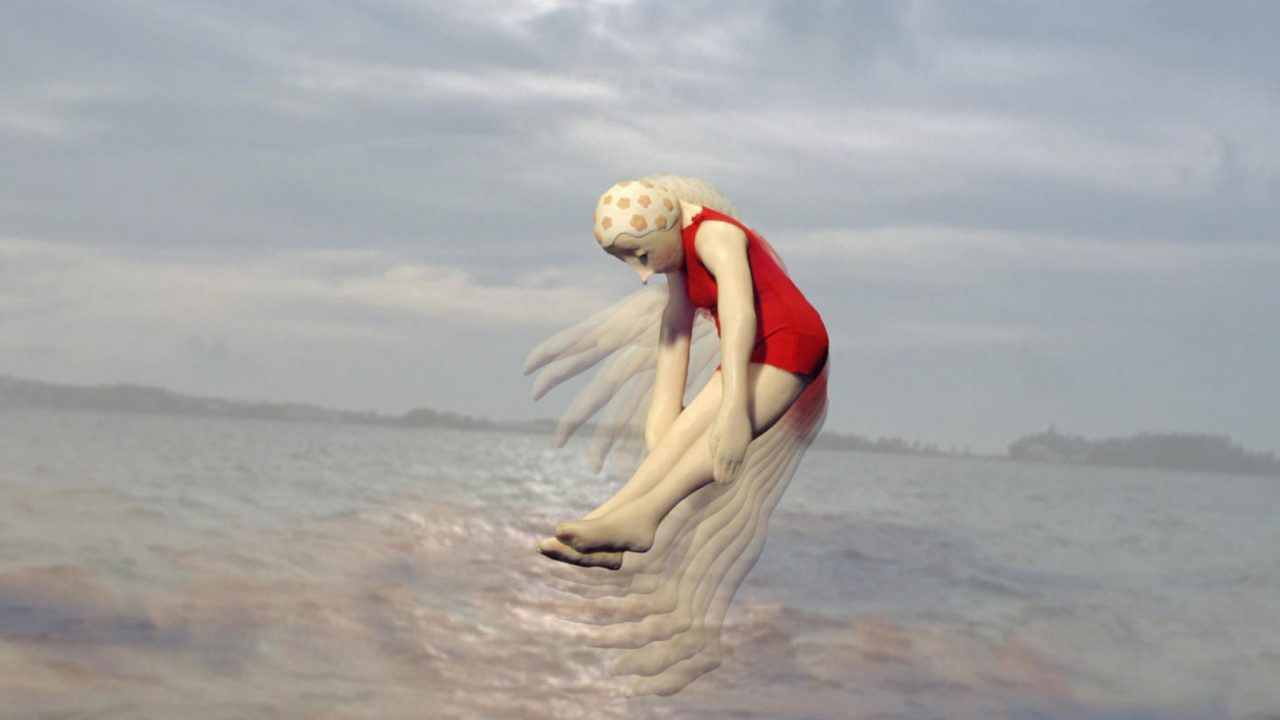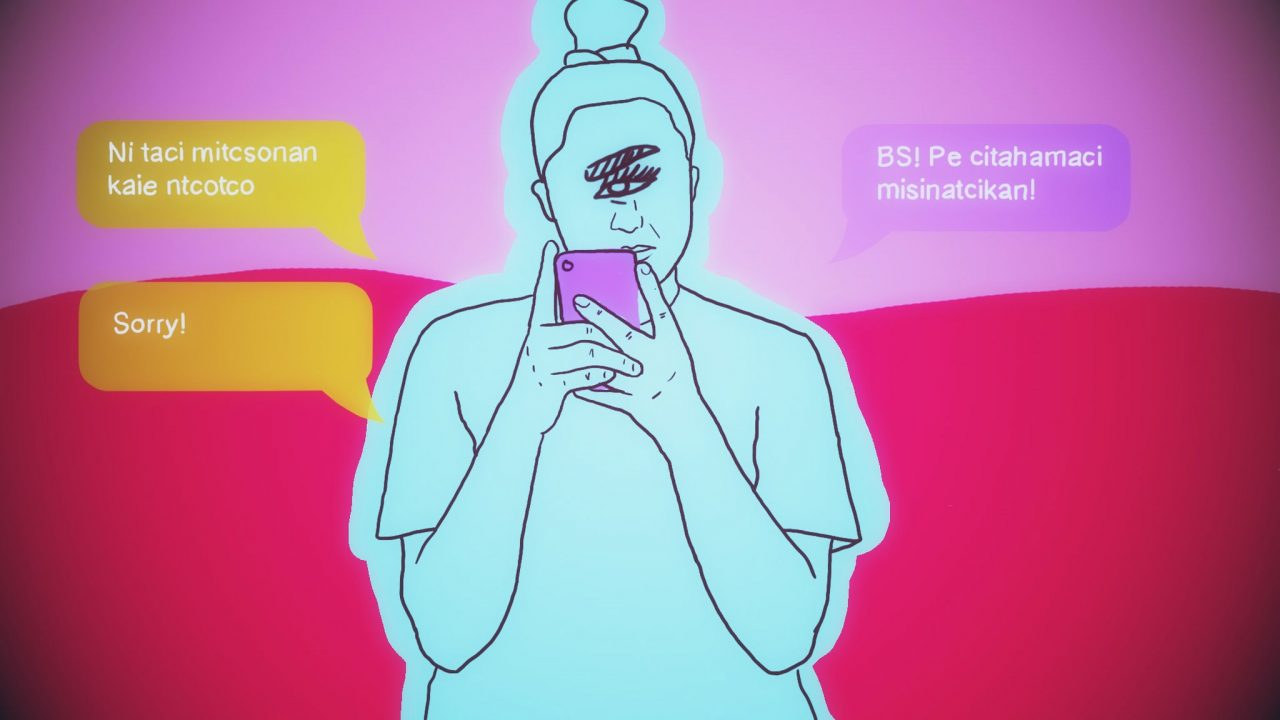
Animating Media Literacy
Animating Media Literacy
Menu of Media Choices
We know that the everyday lives of our students are inundated with media. This often-overwhelming menu of media-rich entrées gets served up at a rate that seems to value overconsumption more than proper and meaningful digestion. As educators, we may be left wondering, how do we beef up (or tofu up , if you prefer) our students’ appetites for media-literacy so that they can skilfully navigate our ever-changing, media-saturated landscape?
Animated Fusion
A media-literacy program with an animated twist offers an almost perfect combination of elements for deconstructing media texts, as well as opportunities for students to demonstrate their learning and participate in the creation process. Animation is not limited to a specific style or formula, but rather provides the same degree of multimodal possibility as the media du jour found in the pockets of many of our students.
The five NFB films selected for this post demonstrate the diversity of expression in animated texts can be integrated into a variety of curriculum subjects. These films are powerful examples of stylized, illustration-based texts that offer symbolic portrayals of important societal issues. On the surface, animation is an accessible form of media, but it often requires educator guidance to uncover the deeper, hidden messages underlying the highly engaging visuals.
Faking Our Way into Media Texts
The Fake Calendar – Hothouse 12, Meky Ottawa, provided by the National Film Board of Canada
The Fake Calendar might appear to be an amusing, stylized film that pokes fun at those of us who would rather stay home and watch Netflix than begrudgingly leave comfort for more social settings. Digging into the film a second time (easily done with animated shorts), it’s easy to see how Indigenous artist Meky Ottawa dabbles in the tension between being real and using technology to create false representations of ourselves in order to fulfill social expectations.
This film, which is part of the latest crop of shorts in the Hothouse animation apprenticeship program, sets up interesting opportunities for Grade 9–12 students to discuss “fakeness” within media and how, depending on your point of view, there may be times when it seems socially acceptable to falsify facts to protect ourselves. Little moments in the film, such as the swapping of the classic mouse pointer for something a little more edgy and the clear statement written in the sky at the end, speak volumes about the artist’s views on social norms and the power of subtle (and not-so-subtle) imagery.
The Language of Design
As an educator, my lesson design rests heavily on the premise that literacy skills are integral to student engagement, regardless of the subject. The composition of media texts—through lines, shapes, colours, and words—is a powerful instrument for meaning-making that we (students and educators) need to be consciously aware of at all times.
I Am Here, directed by Eoin Duffy, is an incredible journey into the relationship between various forms and conventions in media texts and their role in creating meaning for the audience. Duffy takes the audience on a trek through time aboard a stylized, minimalist canvas of images, while telling a story of deep emotional despair.
I Am Here, Eoin Duffy, provided by the National Film Board of Canada
It’s striking how a series of simple geometric shapes can be brought to life through framed movements, music, and emotional voiceovers. The film begs us as educators to spend time with our students deconstructing the language of design and the importance of composition in the overall tone of the texts we create and consume. Even though the themes of this film might be too complex for younger students to fully comprehend, students in Grade 6 and up could dig into the visuals to spot the various elements of design.
Howie Shia’s BAM is a highly violent modern adaptation of the myth of Hercules that can be used to explore the relationship between composition and audience engagement. Grade 9–12 students can analyze Shia’s creative choices, such as the role of colour within the film, the implied violence versus the use of overtly violent imagery, and the impact of the voiceless soundtrack on the overall storyline.
BAM, Howie Shia, provided by the National Film Board of Canada
Animating Creativity with Students
Classroom technologies have made capturing and animating student ideas easier than ever, blending real-world photography with 2D illustration, printmaking, and/or paper cutouts. Films such as Orange by Sylvie Trouvé and Little Big Bang by Duncan Major can help students as young as the Grade 4 level recognize that their ideas are not limited to a single mode of expression.
Orange, Sylvie Trouvé, provided by the National Film Board of Canada
Little Big Bang, Duncan Major, provided by the National Film Board of Canada
One of my favourite media-literacy takeaways for students who’ve moved from exploring to creating through animation is the shocking realization of how many images it takes to create a single animated sequence. This is an experiential revelation that can’t be fully grasped by students until they’re knee-deep in the process. Fumbling towards an understanding of the importance of frame rate, a stable camera, and smooth transitions between images is all part of appreciating how truly innovative animators are.
Jon Lewis is passionate about art and design and the role of technology in amplifying opportunities for student expression. He has been an Ontario educator for the past 15 years and currently works as a K–12 curriculum coordinator, supporting the use of digital platforms within a pedagogical context. Jon resides in Barrie and is active in promoting local arts as the co-founder of a community-based arts and educational space.
Pour lire cet article en français, cliquez ici.
Discover more Educational blog posts | Watch educational films on NFB Education | Subscribe to the NFB Education Newsletter | Follow NFB Education on Facebook | Follow NFB Education on Twitter | Follow NFB Education on Pinterest
